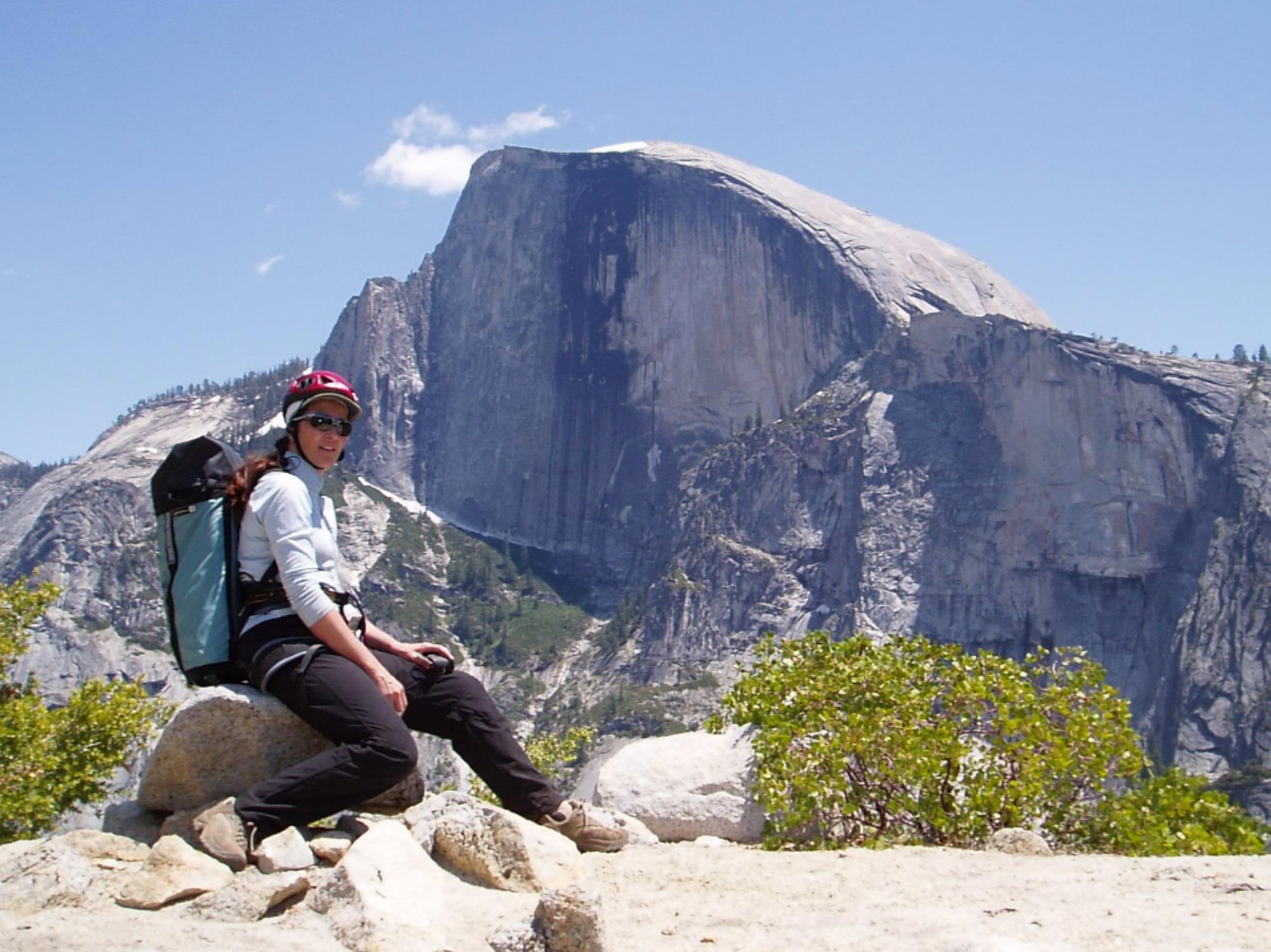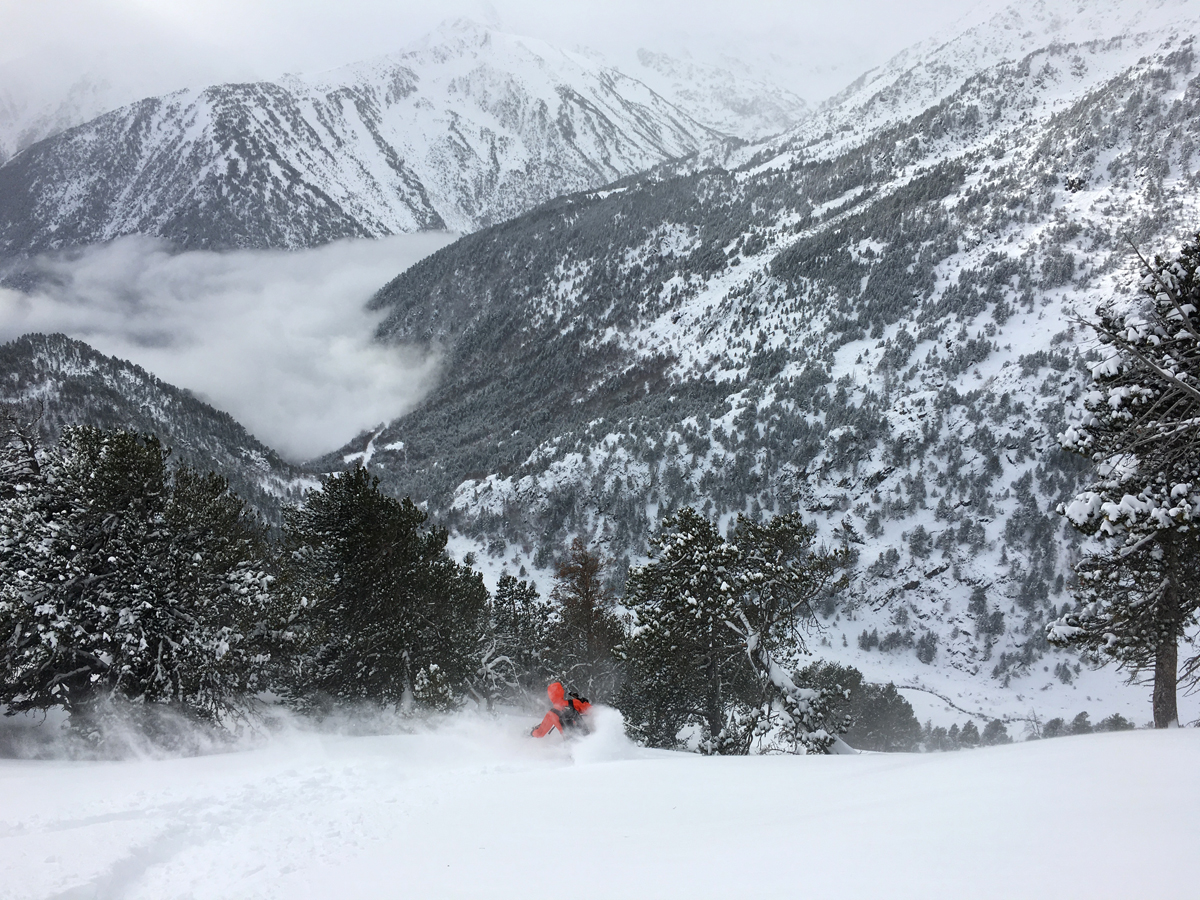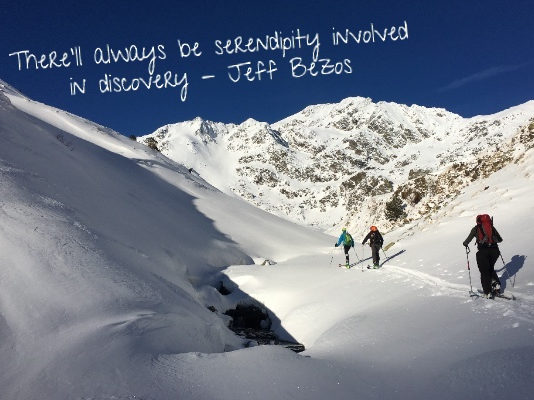Yesterday an infographic from BBC World swirled pass in my twitter feed, celebrating the first free ascent of the Dawn Wall on El Capitan, done by Tommy Caldwell and Kevin Jorgeson. It extolled their achievement of climbing “half a mile, straight up, without ropes”.
So clean, so catchy. So wrong.
Twitter laughed at them and within five minutes they’d tweeted an amendment. “Ropes were used only for safety purposes not as climbing aid.” Who cares? say the non-climbers. Sounds cool, really impressive, bit mad, moving on. But we should care. Climbing without ropes is a specific thing, a thing called free solo. There is no one in the world good enough to free solo the Dawn Wall. Maybe there never will be. Or maybe the next generation will blow us away and do it.
In 1957 the first ascent of the classic route on El Capitan, The Nose, involved a siege aid climb over 45 days. Nearly fifty years later, In 2005, Tommy Cadwell free climbed The Nose (so still with safety ropes but not pulling on safety gear) in under 12 hours.
A while back, an executive at a corporate event where I was the motivational speaker, told me that his friend was “climbing all the mountains”. Really? That’s a lot of mountains.
“There are infinitely more unclimbed peaks than there are climbed ones,” Lindsay Griffin (British journalist and alpinist) once said to the BBC. He has climbed at least 65 previously unclimbed mountains himself, mostly in Central Asia and the Himalayas. “It’s a vast place, the world.”
We live in the world of the infographic and the bullet-point action plan. The 140 character tweet and the 30 second attention span. The idea of the information flood is part of our cultural discourse and we are constantly told to keep it short and snappy, simple and memorable. There is not a lot of room for vastness in a tweet.
By “all the mountains” my executive acquaintance meant the Seven Summits. Which is not the seven highest or the seven hardest. It is the highest mountain on each of the seven continents. Three of those are interesting, four rather less so. As they are climbed today, none is very difficult. The Second Seven (the second highest mountain on each continent) are much harder.
The biggest asset you need to ‘conquer’ the Seven Summits is money, the money to fly yourself from continent to continent and then hire the guides to escort you up the peaks.
The simplicity of the infographic is great, if it’s an entry-way to the true depth and complexity of the subject, but not if it’s a substitute for it. The top-ten bullet list is a wonderful way to quickly convey information, but the creative way forward is likely to be found be digging around in the overlooked numbers 11 to 20 – and beyond.
“It’s a vast place, the world.” We do neither the world nor ourselves justice if we always prize simplicity and brevity over complexity and immensity.
This National Geographic article is one of the best I’ve seen for explaining the real significance of the Dawn Wall ascent to a non-climber. (Note all those ropes in the very first picture!)






